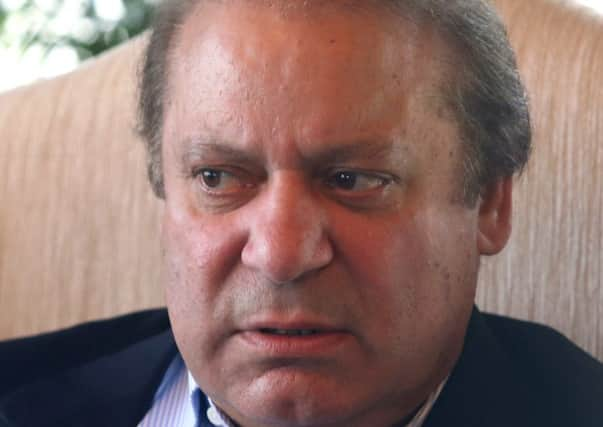Pakistan: Fewer civilians being killed by US drones


The latest study by the Bureau showed that the number of civilian casualties stood at between zero and four.
The findings may reinforce the position of those who support the use of unmanned drones in a debate over the legality, effectiveness and accuracy of the strikes, compared to more traditional military operations.
Advertisement
Hide AdAdvertisement
Hide AdThe United States releases no information about individual strikes. Information issued by Pakistan’s government is patchy.
The Bureau tracked 27 suspected strikes, using news reports, field investigations and research by Amnesty International. It said drones – used mainly in remote northwestern areas – killed a total of 112-193 people in 2013. The death tolls varied as different sources often gave conflicting accounts.
Increased scrutiny, political pressure and a sharp drop in the number of strikes may have helped cut civilian casualties, said Alice Ross, who heads the Bureau’s drone research unit.
She said: “The lack of transparency surrounding the drone campaign means it’s very hard to say what’s causing the drop in civilian casualties.
“The fact they can now take out a single room in a building does suggest the technology and intelligence are quite advanced, but we haven’t seen a commensurate fall in civilian casualties in Yemen.”
In 2012, the Bureau tracked 47 strikes, with civilian casualties put at 13 to 63. The drop indicates that previous civilian casualties were genuine, Ross said.
Amnesty International has documented strikes that killed a grandmother and a group of labourers in 2012.
Ross said: “If civilian casualties had been fabricated, you would expect it to continue.”
Advertisement
Hide AdAdvertisement
Hide AdBut she said more reports of civilian casualties might emerge.
Possible civilian deaths on 8 January and 6 February last year were reported by some Pakistani media. The New York Times reported that the 6 February attack may have been an air strike by the Pakistani military, something they denied.
Some Pakistanis welcome the strikes, saying they kill fewer civilians and are far more effective against Taleban militants than traditional military operations.
Others argue the strikes still cause civilian casualties, terrify residents and violate Pakistani sovereignty. Prime minister Nawaz Sharif has said he wants them to end.
Activists from the Pakistan Tehreek-e-Insaf political party, which is led by Imran Khan, are blocking a Nato supply route to Afghanistan in a protest against the strikes.
The figures for civilian deaths in Pakistan are much lower than those reported for Yemen. Yemeni officials have said a December strike hit a wedding party. Last week, a farmer died in a dawn strike.
The bureau says 61-99 people were killed in 16 confirmed drone strikes in Yemen last year, and 11-29 of them may have been civilians. There were another 16 suspected drone strikes.
In Afghanistan, Nato is investigating a September drone strike. Afghan officials say it killed eight women and children.
Since 2004, Pakistan has been hit by 381 drone strikes, the Bureau said, and between 416-951 civilians have been killed.